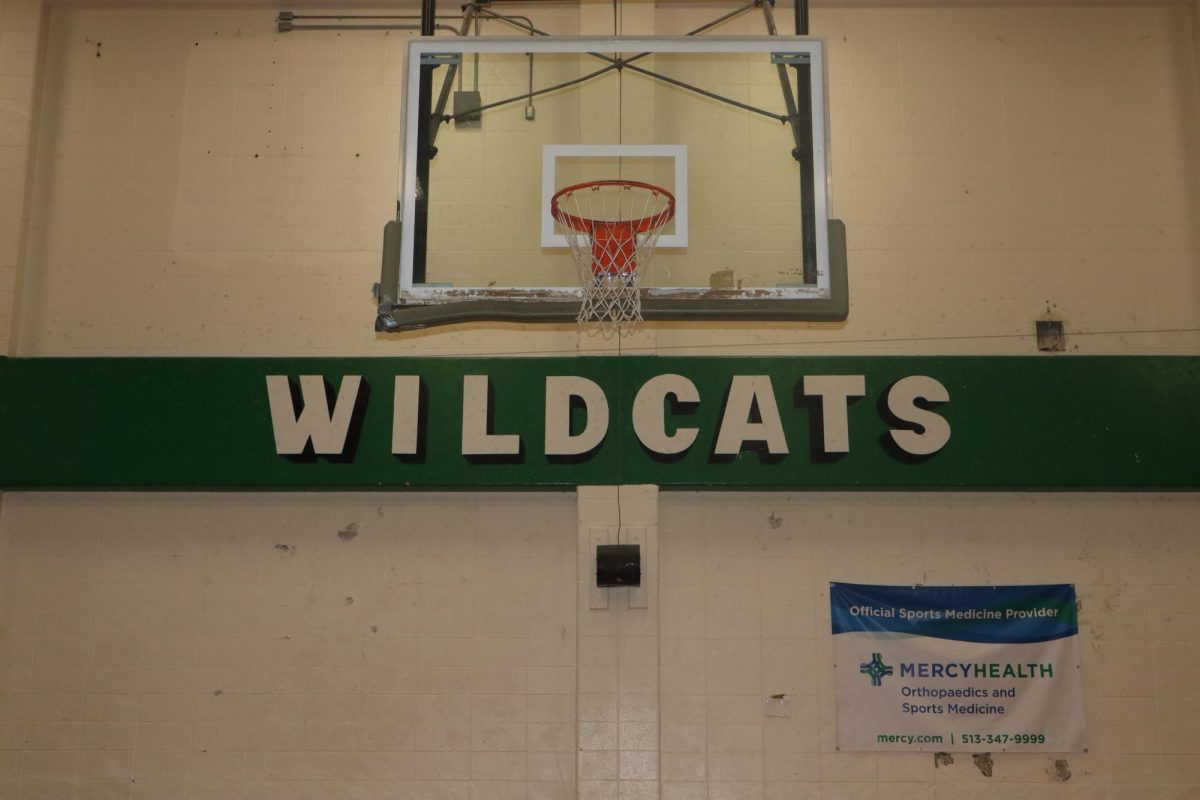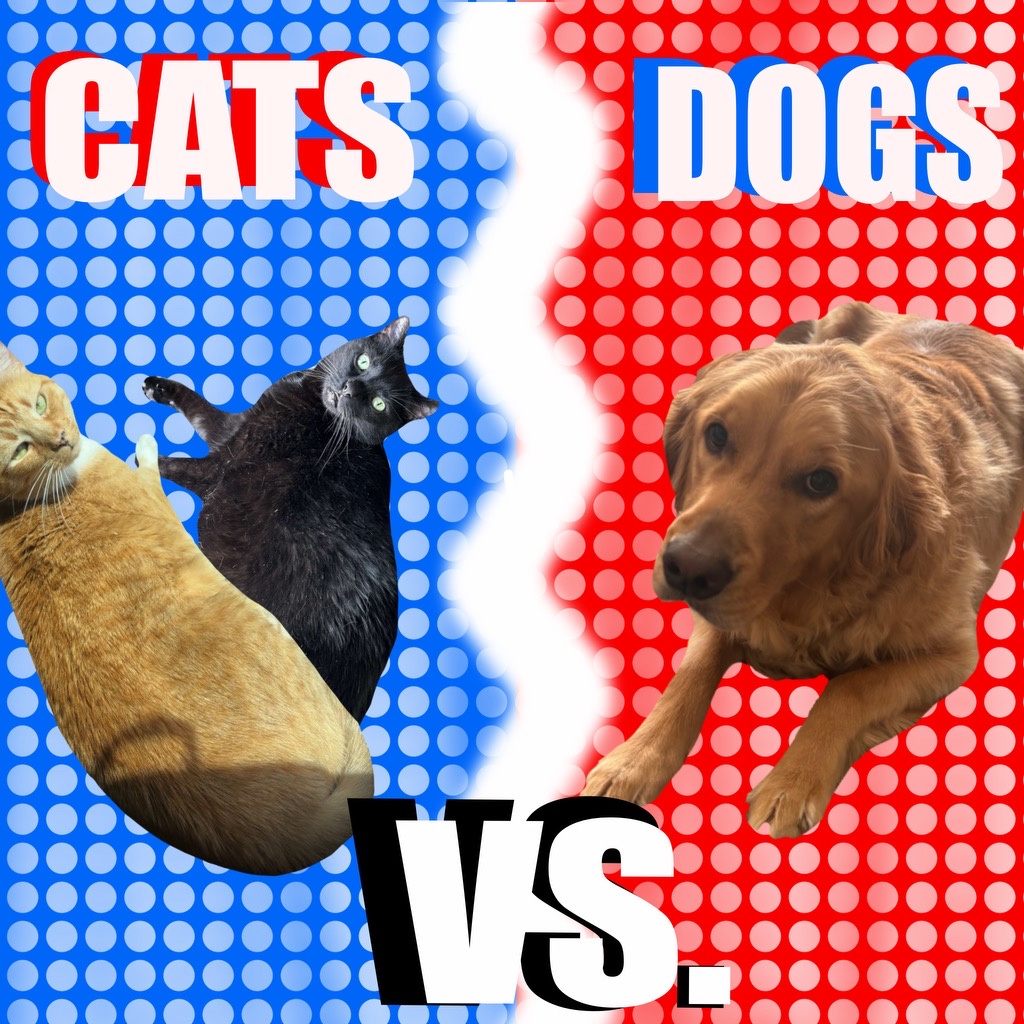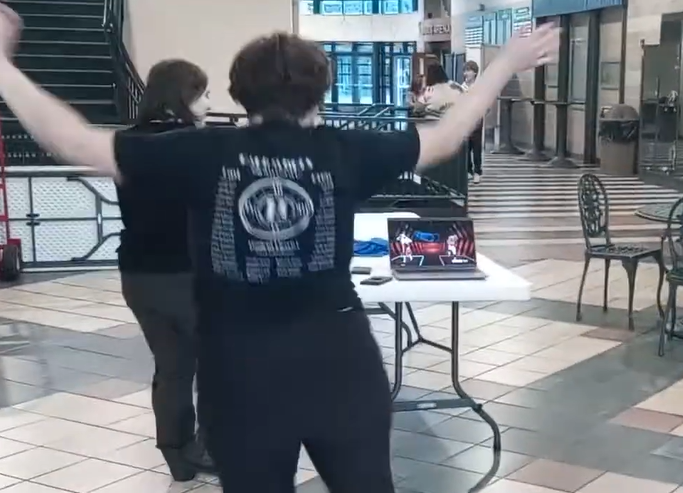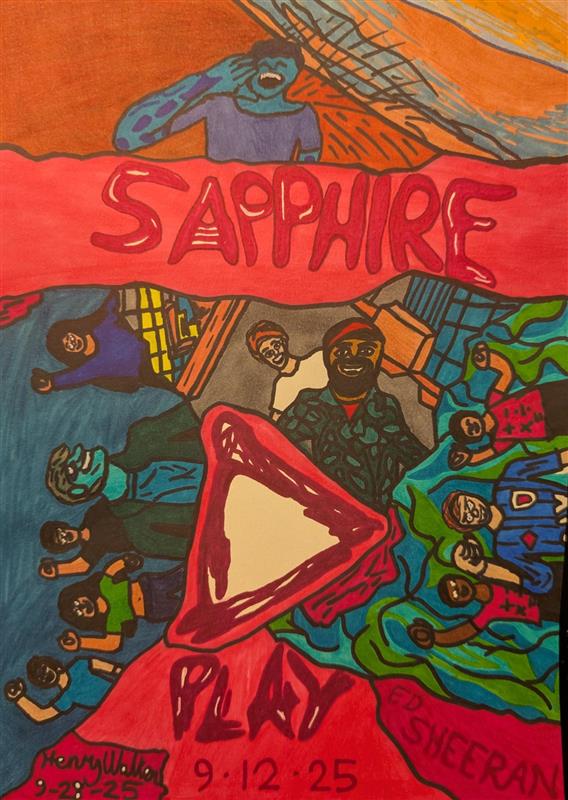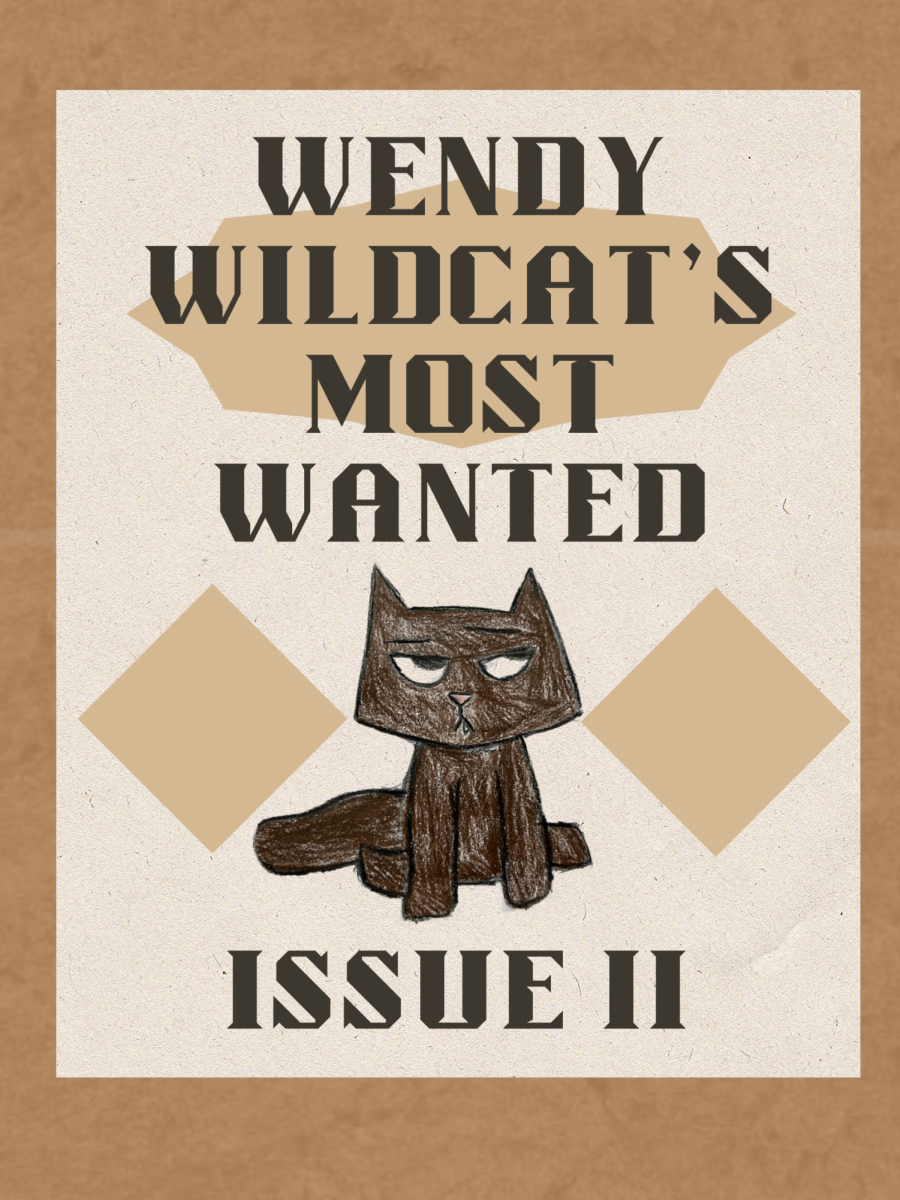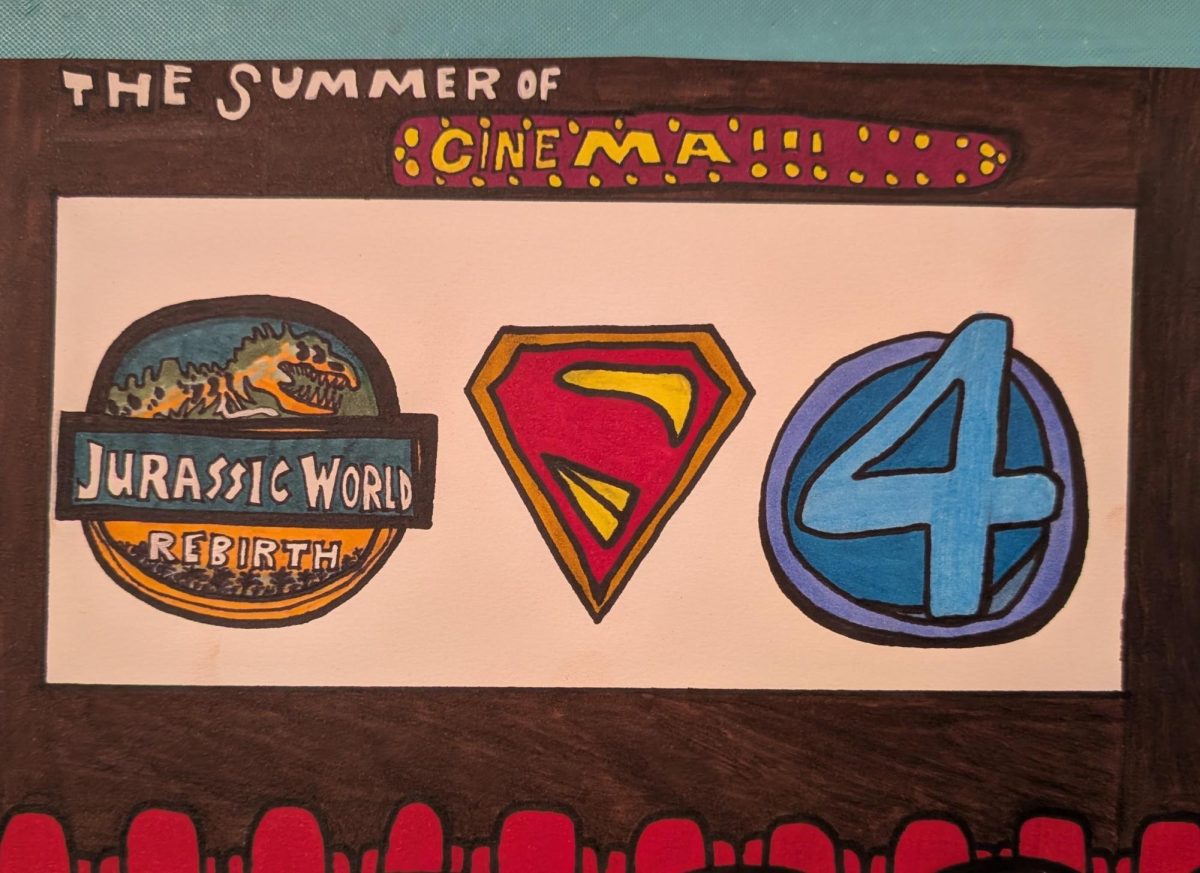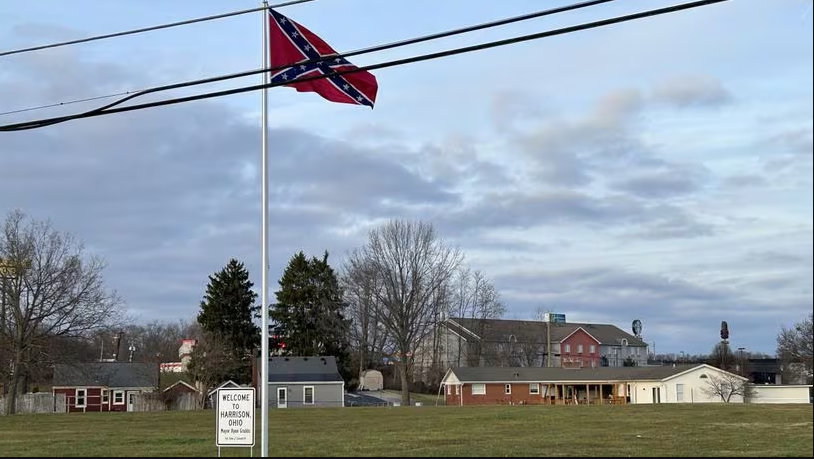I first saw the confederate flag when I was driving down Harrison Ave.- and the double take made the car swerve. It wasn’t surprising to see a Confederate flag somewhere in Harrison- seeing one on a bumper sticker or flying on a decked-out truck is pretty common.
I wasn’t surprised by seeing a Confederate flag- I was surprised to see one fly over the busiest road in Harrison. When I learned about the sign under the flag, reading “Welcome to Harrison, Ohio” accompanied by the mayor’s name, my shock only grew. Seeing the flag didn’t feel like someone was simply displaying their beliefs–it felt purposefully inflammatory.
The Confederate flag has a complicated history- and an even more complicated controversy. According to the American Civil War Museum, one argument in defense of the flag explains that the flag is a symbol for Southern heritage and is flown to honor ancestors lost in the civil war.
However, this defense lacks merit in the question of the Confederate flag flying front and center in Harrison. Ohio was a free state during the civil war- over 300,000 Ohioans fought with the Union, the third most of any free state. Furthermore, the civil war had an especially tragic impact here in Harrison. In July of 1863, Confederate raiders entered Ohio through Indiana and swept through Harrison in an event called Morgan’s Raid. The Confederates committed many atrocities during their raid through Harrison, including unwarranted violence against civilians. Horses and other loot were stolen, and the suspension bridge at the end of what is now State St. was burned after the raiders crossed it.
Furthermore, the flag has now become a symbol not only of Southern heritage, but of hate. The flag traces its origins to the Civil War, in which the confederacy fought for states’ rights to maintain the institution of slavery. In South Carolina’s Declaration of Secession, they cited “an increasing hostility on the part of the non-slaveholding states to the institution of slavery” as a reason for secession. Georgia, another confederate state, echoed this sentiment in their secession, stating “For the last ten years we have had numerous and serious causes of complaint against our non-slave-holding confederate States with reference to the subject of African slavery.” Mississippi also referenced slavery as a reason for secession, asserting “Our position is thoroughly identified with the institution of slavery – the greatest material interest of the world.” Clearly, the Confederate fight was identified with slavery, thus, the Confederate battle flag is connected to slavery as well.
Furthermore, according to the American Civil War Museum, the Confederate flag was later revived as a symbol of support for segregation throughout the 1940s and 1950s, forever altering the meaning and usage of the flag. While it would be inaccurate to say the flag solely represents racist attitudes, it is important to recognize the history of the flag as a racist symbol.
Even more scandalous, the flag was then surrounded by toilets representing the city council members. This action led to even bigger outrage and news coverage, meaning that Harrison is becoming known for a confederate flag flying high over a field of toilets. Clearly, this is not the image Harrison wants to present. The mayor himself, Ryan Grubbs, admonished the actions of the property owner in an interview with FOX19, stating “The city does not condone any message the property owner is trying to convey. We do not, and I do not, in any way support any message this property is trying to send.”
While the toilets have been removed, the inflammatory stench still lingers in the air. Since the addition of the Confederate flag in the center of Harrison, multiple flags have been put up around Harrison, causing even more controversy. Ultimately, the flag is protected as free speech and cannot be forcibly removed, however, that doesn’t have to be the way the wind blows in our hometown. Ultimately, whether the flag is removed or not- we must address the situation with thoughtful conversation, room for understanding, and the goal of growing as a community. Positive change starts with each and every one of us- so today, think about how you can help our hometown.













